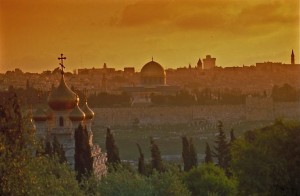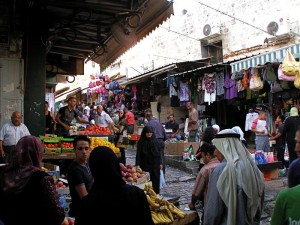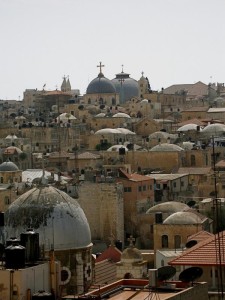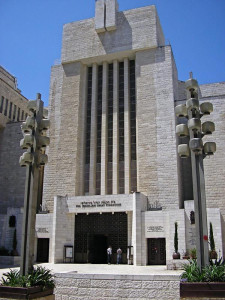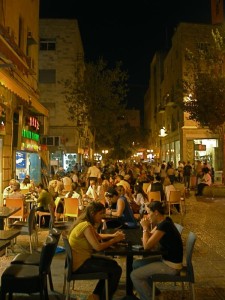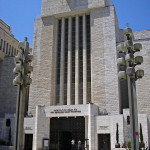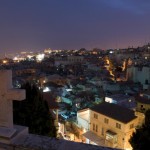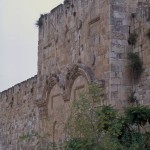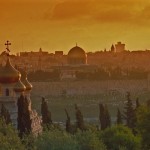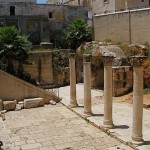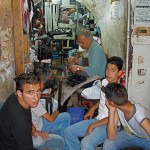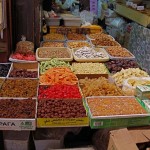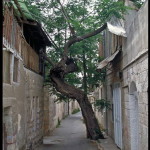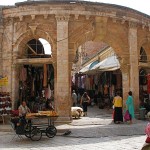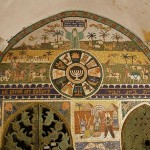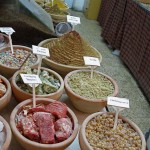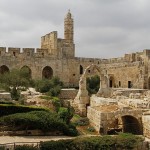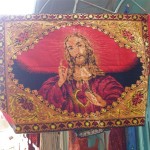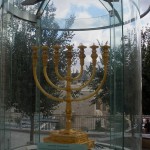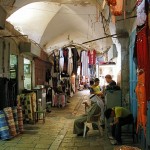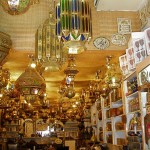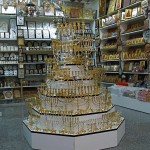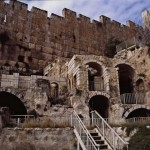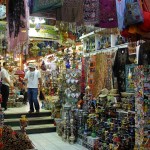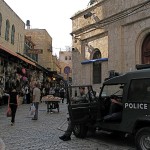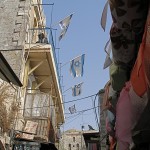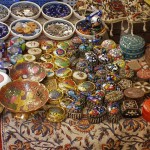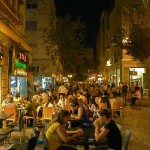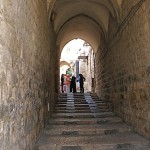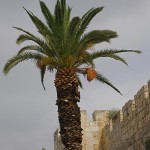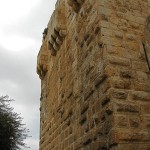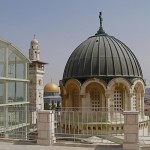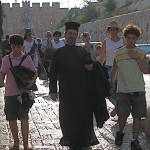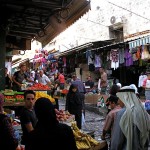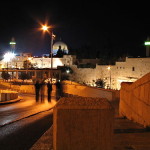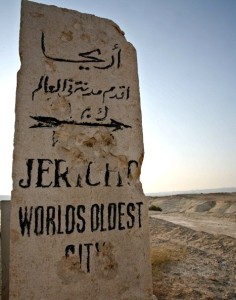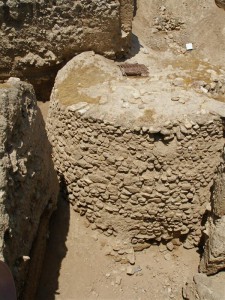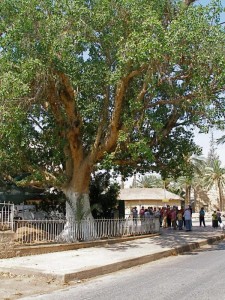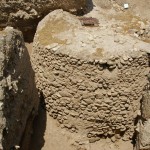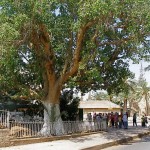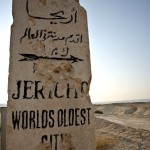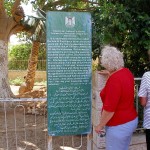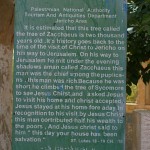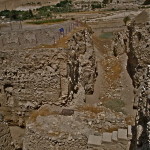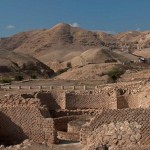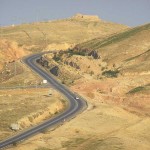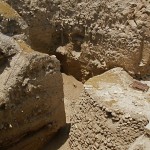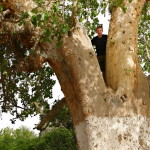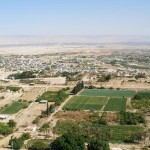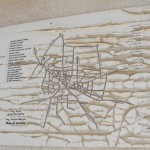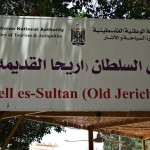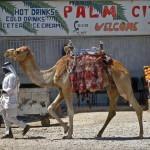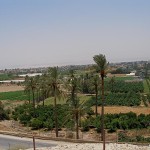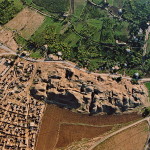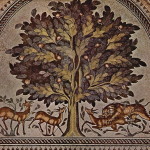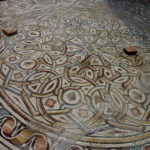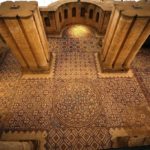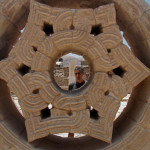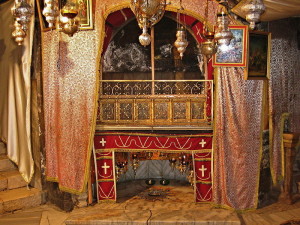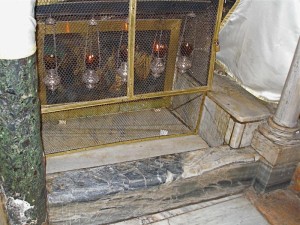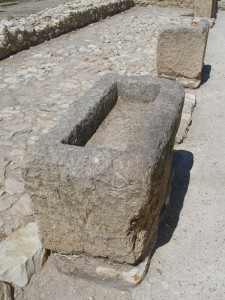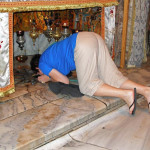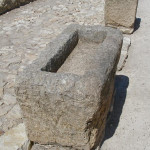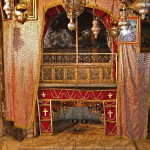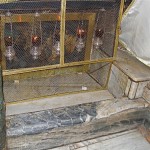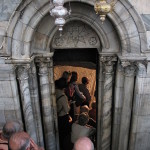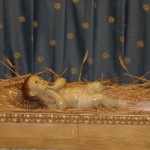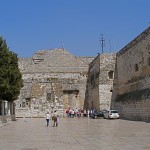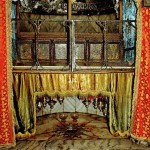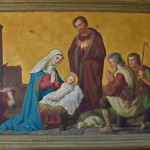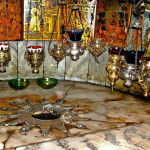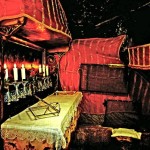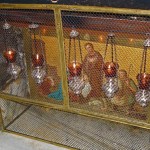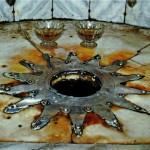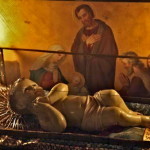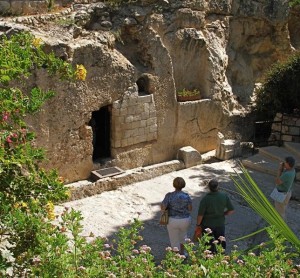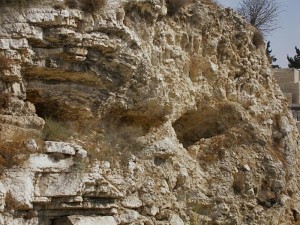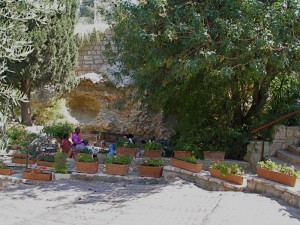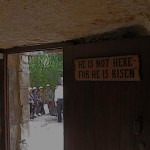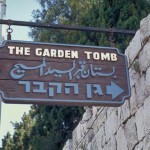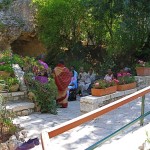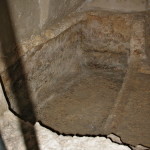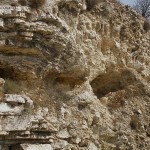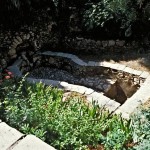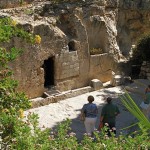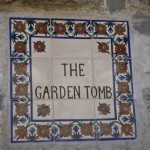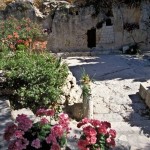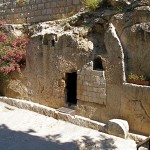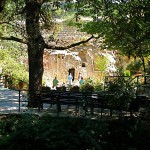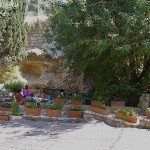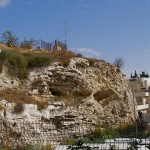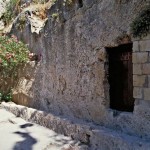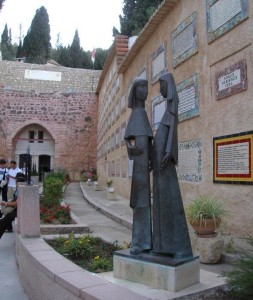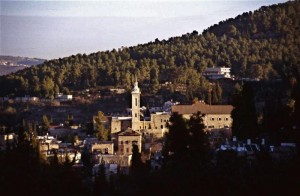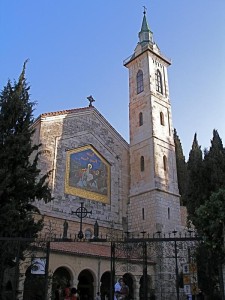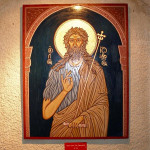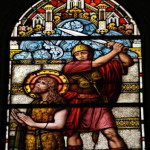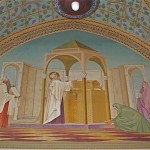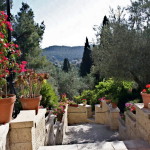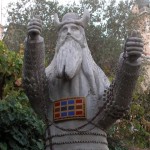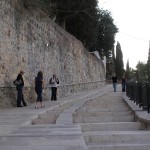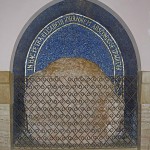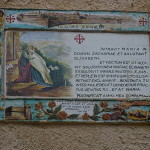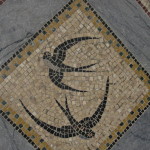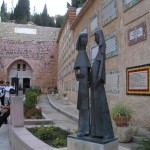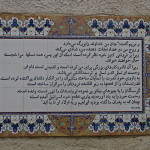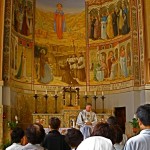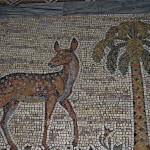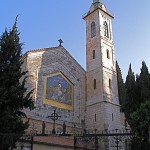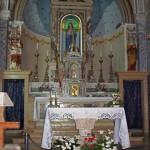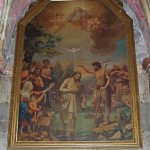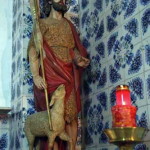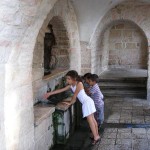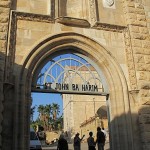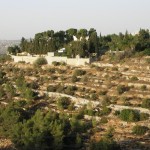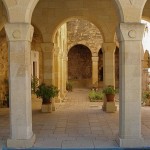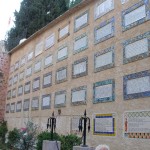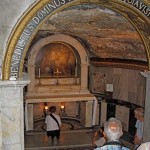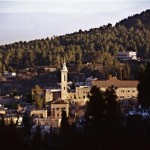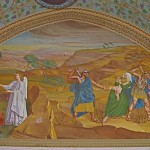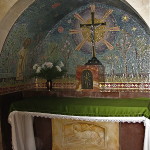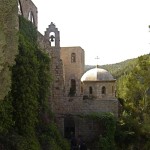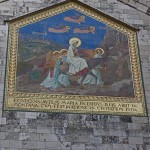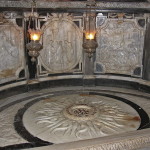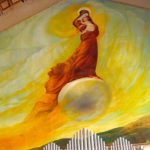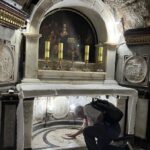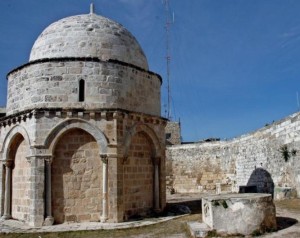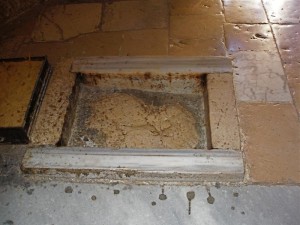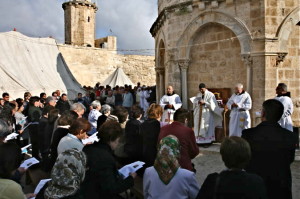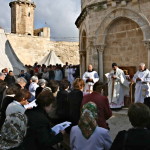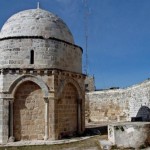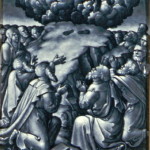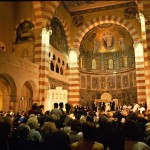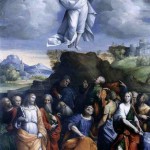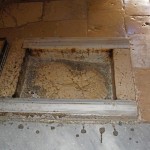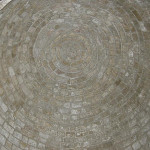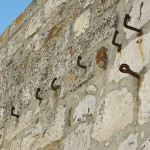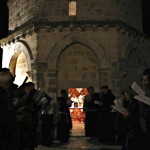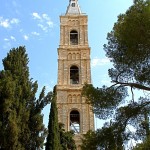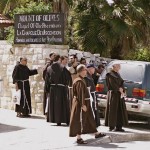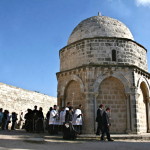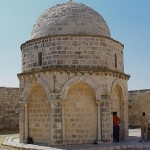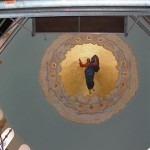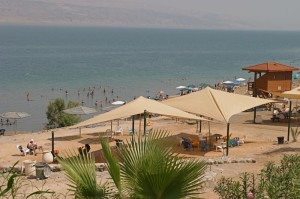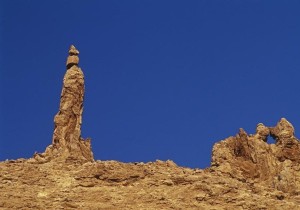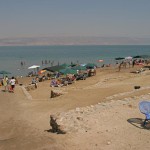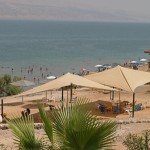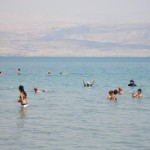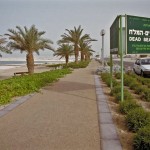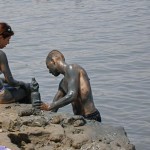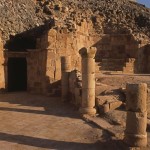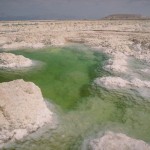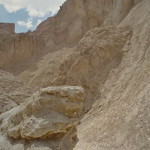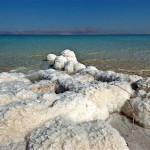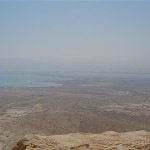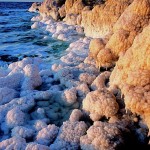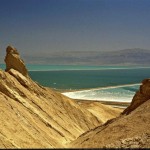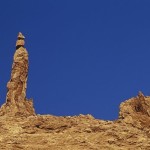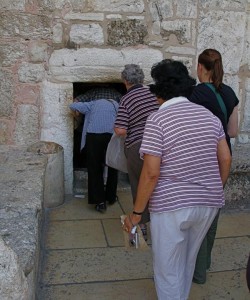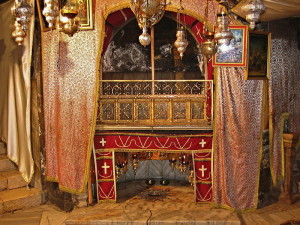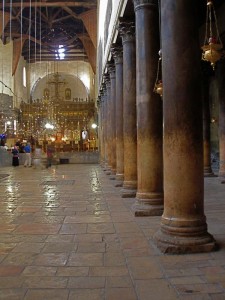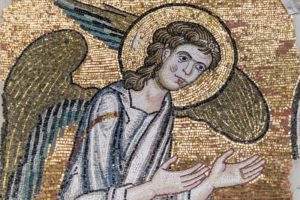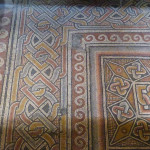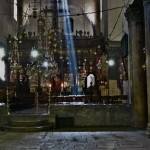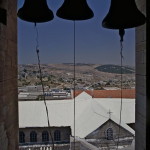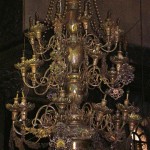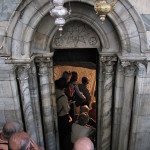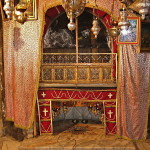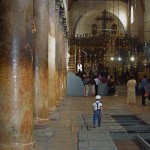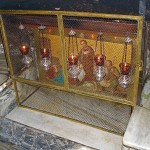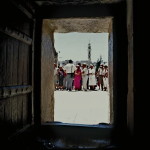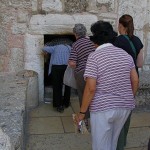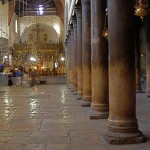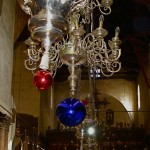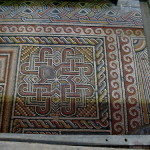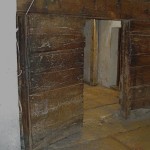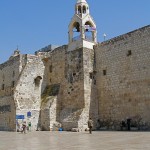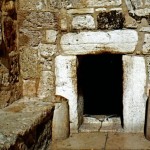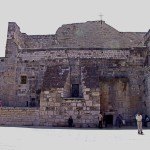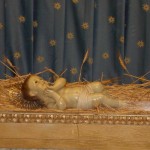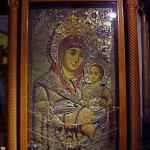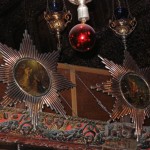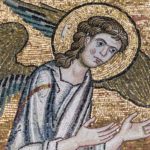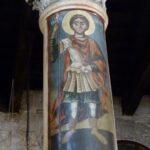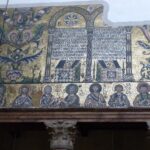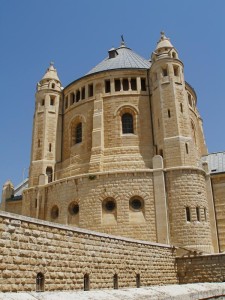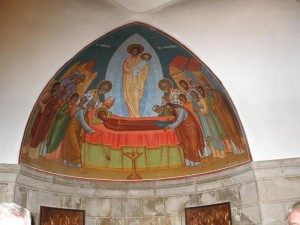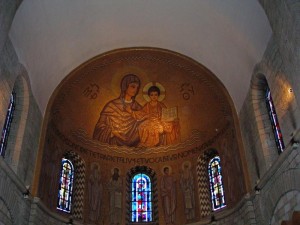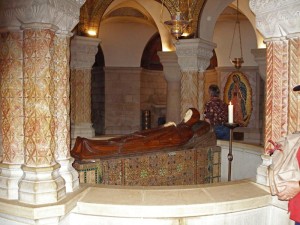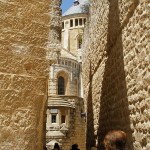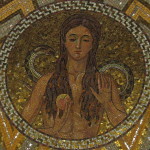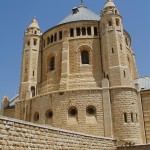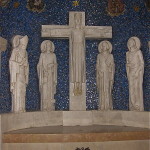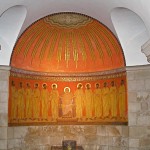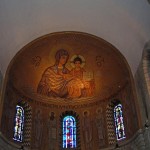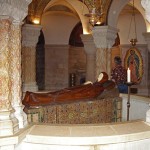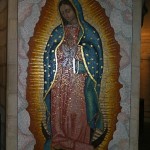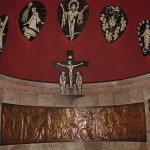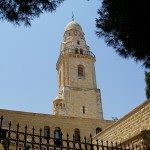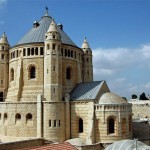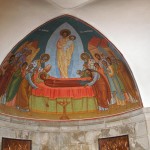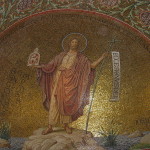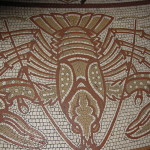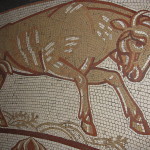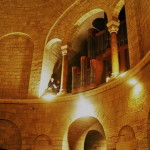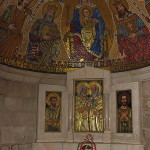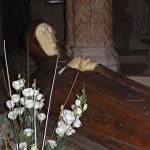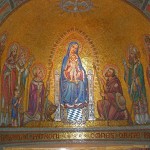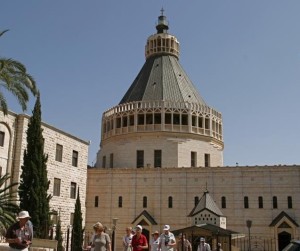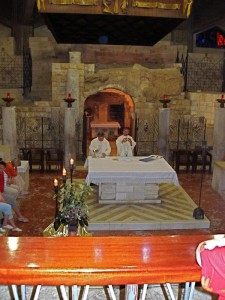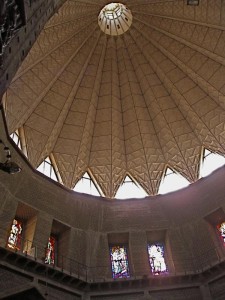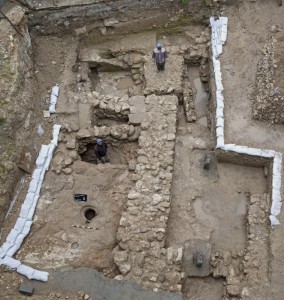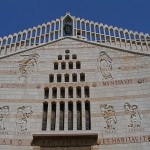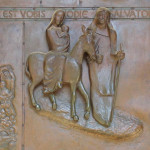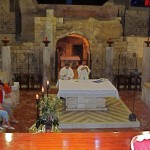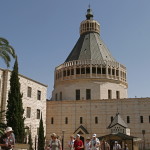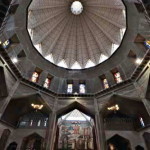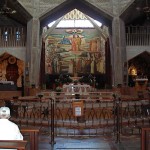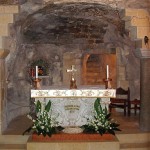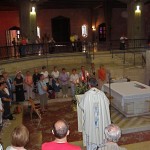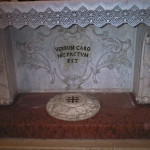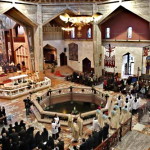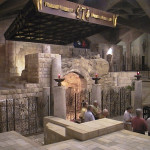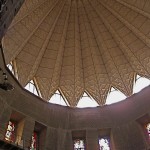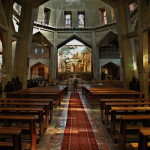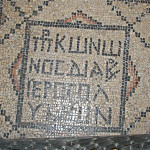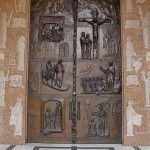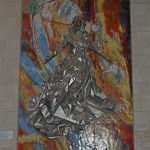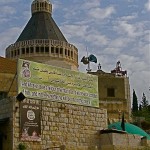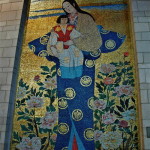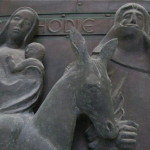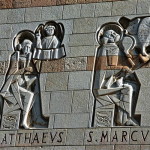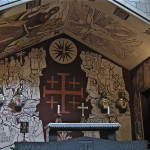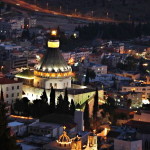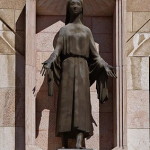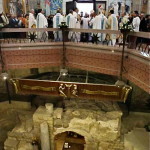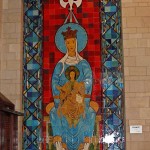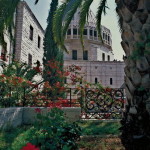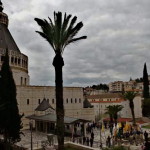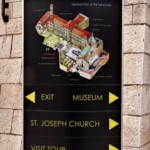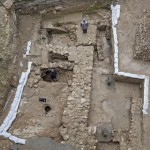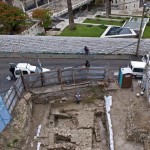Israel
Jerusalem is revered as a holy city by half the human race.
For Jews it is the city King David made the capital of his kingdom, and where the Temple stood, containing the Ark of the Covenant. For Christians, it is where Christ died, was buried and rose again, and the birthplace of the Church. The Jewish and Christian Bibles mention Jerusalem several hundred times.
For Muslims it is al-Quds (“the Holy”) because they believe Muhammad ascended to heaven from the Temple Mount during his Night Journey.
Set on the Judaean mountains of central Israel, the Old City of Jerusalem is surrounded on three sides by steep valleys: The Hinnom on the south and west, the Kidron on the east. Its history lies in layers metres deep.
Its iconic symbol, the golden-roofed Dome of the Rock, stands on the Temple Mount, also identified as Mount Moriah, where Abraham prepared to sacrifice his son Isaac.
For modern pilgrims, this city of three faiths exerts a powerful pull, resonating with the Jewish Passover aspiration: “Next year in Jerusalem.”
Heritage of three faiths
The bustling modern city of Jerusalem, also faced with cream-toned limestone, has spread to the west and north of the Old City.
Modern Jerusalem is not a large city by international standards (its population in 2007 was 747,000, of whom 35,400 lived in the Old City). In the time of Christ its population was between 20,000 and 50,000.
It is a city with an intriguing blend of sights, sounds and smells, especially in the Arab markets of the Old City. The past and present continually rub shoulders. Church bells peal, muezzins call Muslims to prayer, and friars, rabbis and imams hasten by.
Reminders of the heritage of three faiths are never far away — Jerusalem has 1200 synagogues, more than 150 churches (representing 17 denominations) and more than 70 mosques.
The Israel Museum presents collections of arts and archaeology, including the Shrine of the Book containing Dead Sea Scrolls and an outdoor scale model of Jerusalem in AD 66. Exhibits in the Tower of David Museum depict 4000 years of history. The Yad Vashem complex documents the story of the victims of the Holocaust.
Old City has four quarters
At Jerusalem’s heart is the Old City, girded by a wall and divided into four “quarters” — named after the dominant ethnic or religious identity of its residents.
Its area is less than a square kilometre, about two-thirds the city’s size in the time of Christ. “Perched on its eternal hills, white and domed and solid, massed together and hooped with high gray walls, the venerable city gleamed in the sun. So small!” wrote Mark Twain in 1869, when settlements outside the walls had just begun to displace shepherds from the Judaean hills.
The Muslim Quarter, largest and most populous of the four, includes the Temple Mount with the Dome of the Rock and Al-Aqsa Mosque. Other sites in the quarter include the Pools of Bethesda and part of the Via Dolorosa.
The Christian Quarter contains the rest of the Via Dolorosa and the Church of the Holy Sepulchre, which enshrines the sites of Christ’s death, burial and Resurrection. Headquarters of several Christian denominations are among the 40 religious buildings in the quarter.
The Jewish Quarter adjoins the Western Wall, the sole remnant of the Second Temple plaza, which is Judaism’s holiest place. This quarter is more modern, with sophisticated shopping plazas. Archaeological remains are on display in museums and parks.
The Armenian Quarter provides a reminder that Armenia was the first country to make Christianity the state religion (in 301). It contains the Armenian Orthodox Cathedral of St James and a museum in memory of the 1915-23 Armenian Holocaust.
Mount of Olives and Mount Zion
Outside the Old City, to the east is the Mount of Olives, where venerable olive trees still grow in the garden of Gethsemane, the scene of Jesus’ agony the night before he died.
The teardrop Church of Dominus Flevit commemorates the Gospel incident in which Jesus wept over Jerusalem’s future fate.
The Church of Pater Noster recalls his teaching of the Lord’s Prayer. The Dome of the Ascension, now a mosque, marks the place where he is believed to have ascended to heaven.
Southwest of the Old City is Mount Zion, the highest point in ancient Jerusalem.
Here is found the Cenacle, believed to be on the site of the Upper Room of the Last Supper. This is also regarded as the site of the Descent of the Holy Spirit at Pentecost and the Council of Jerusalem, where early Church leaders met around AD 50.
The Church of St Peter in Gallicantu marks Jesus’ appearance before the high priest Caiaphas, and the Church of the Dormition commemorates the “falling asleep” of the Virgin Mary.
Conquered many times
The earliest reference to Jerusalem suggests that its name means “the foundation of [the Syrian god] Shalem”. A more common interpretation is “city of peace”, but peace has remained an elusive goal for most of the city’s history.
Down through the centuries, Jerusalem has been besieged, conquered and destroyed many times. Early settlers called Jebusites lived there around the Gihon Spring when David conquered it around 1000 BC and made it the capital of his kingdom.
During Old Testament times the conquerors included Babylonians (who destroyed the First Temple and exiled Jews to Babylon), Persians, Greeks, Syrians and Romans (who in AD 70 destroyed the Second Temple).
Since the Christian era began, Jerusalem has been ruled by the Roman Empire (first from Rome, then from Byzantium, now Istanbul), Persians, Arab Muslims, Crusaders, Muslims again, Egyptian Mamelukes, Ottoman Turks and, from 1917 to 1948, the British.
After the Arab-Israeli War of 1948, Jerusalem was partitioned between Jordan and the new state of Israel. The Israelis gained control of the predominantly Arab East Jerusalem and Old City during the 1967 Six Day War, but the status of Jerusalem remains a key issue in the ongoing Israeli-Palestinian conflict.
In Scripture:
Abraham prepares to sacrifice Isaac: Genesis 22:1-18
David makes Jerusalem his capital: 2 Samuel 5:4-10
Song of praise and prayer for Jerusalem: Psalm 122
Solomon builds the Temple: 1 Kings 5-6
Jesus enters Jerusalem: Matthew 21:1-11
Jesus is crucified, buried and rises again: Matthew 27:66—28:10; Mark 15:47—16:8; Luke 23:26—24:12; John 19:16—20:10
The coming of the Holy Spirit: Acts 2:1-4
The first Church Council at Jerusalem: Acts 15:1-29
The new Jerusalem: Revelation 21:1-4
- Jerusalem’s Great Synagogue (Arielhorowitz / he.wikipedia)
- Roofs of Old City of Jerusalem from top of Austrian Hospice (Jens Wassermann / iStock)
- Blocked Golden Gate in Old City’s eastern wall (© Israel Ministry of Tourism)
- Jerusalem at sunset from Mount of Olives (© Israel Ministry of Tourism)
- Columns of the ancient Cardo, main street of Byzantine Jerusalem, in the Jewish Quarter (Seetheholyland.net)
- Tiny cobbler’s shop in the Old City (Seetheholyland.net)
- Dried fruits and nuts in an Old City bazaar (Seetheholyland.net)
- Quiet street in Nahla’ot neighbourhood (© Israel Ministry of Tourism)
- Entrance to Muristan in the Old City (Seetheholyland.net)
- Detailed design in the Jewish Quarter (Seetheholyland.net)
- Frankincense, myrrh and hyssop on sale in the Old City (Seetheholyland.net)
- In the Citadel, setting for the Tower of David Museum (Seetheholyland.net)
- Jesus on a rug in the Old City (Seetheholyland.net)
- Recreated Temple menorah displayed in the Jewish Quarter (Seetheholyland.net)
- Old City market (Seetheholyland.net)
- Lamps galore in the Old City (Seetheholyland.net)
- All religious requirements catered for in the Old City (Seetheholyland.net)
- Excavations and restorations at Jerusalem Archaeological Park (© Israel Ministry of Tourism)
- Riot of colour in an Old City shop (Seetheholyland.net)
- Police presence in the Old City (Seetheholyland.net)
- Israeli flags over an Old City market (Seetheholyland.net)
- Souvenirs for all in the Old City (Seetheholyland.net)
- Dining out in modern Jerusalem (Seetheholyland.net)
- Narrow street in Old City (Seetheholyland.net)
- Date palm outside the Old City (Seetheholyland.net)
- Sturdy walls of the Old City (Seetheholyland.net)
- Muslim and Christian domes in the Old City (Seetheholyland.net)
- Greek Orthodox priest leaving the Old City (Seetheholyland.net)
- Market in the Old City (Seetheholyland.net)
- Jerusalem by night (Filip Nohe)
References
Bowker, John: The Complete Bible Handbook (Dorling Kindersley, 1998)
Brisco, Thomas: Holman Bible Atlas (Broadman and Holman, 1998)
Gonen, Rivka: Biblical Holy Places: An illustrated guide (Collier Macmillan, 1987)
Inman, Nick, and McDonald, Ferdie (eds): Jerusalem & the Holy Land (Eyewitness Travel Guide, Dorling Kindersley, 2007)
McCormick, James R.: Jerusalem and the Holy Land (Rhodes & Eaton, 1997)
Mackowski, Richard M.: Jerusalem: City of Jesus (William B. Eerdmans, 1980)
Martin, James: A Pilgrim’s Guide to the Holy Land (Westminster Press, 1978)
Murphy-O’Connor, Jerome: The Holy Land: An Oxford Archaeological Guide from Earliest Times to 1700 (Oxford University Press, 2005)
Metzger, Bruce M., and Coogan, Michael D.: The Oxford Companion to the Bible (Oxford University Press, 1993)
Walker, Peter: In the Steps of Jesus (Zondervan, 2006)
Wareham, Norman, and Gill, Jill: Every Pilgrim’s Guide to the Holy Land (Canterbury Press, 1996)
External links

